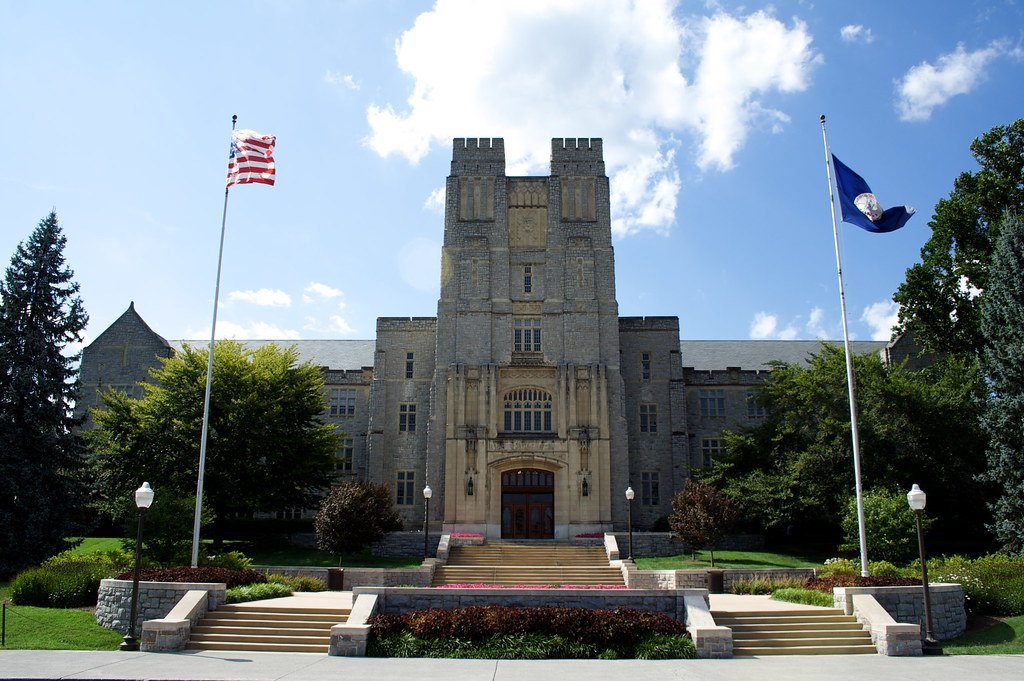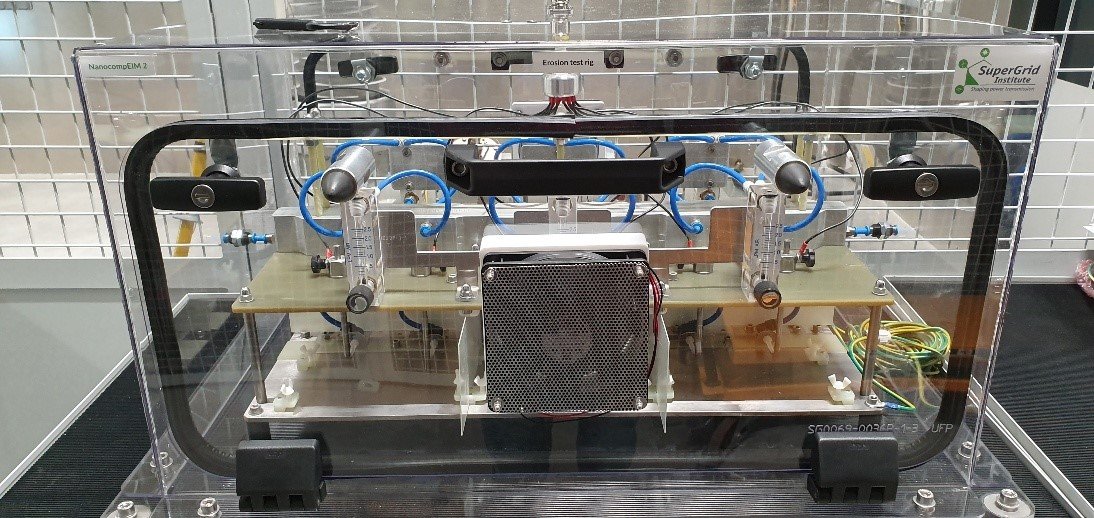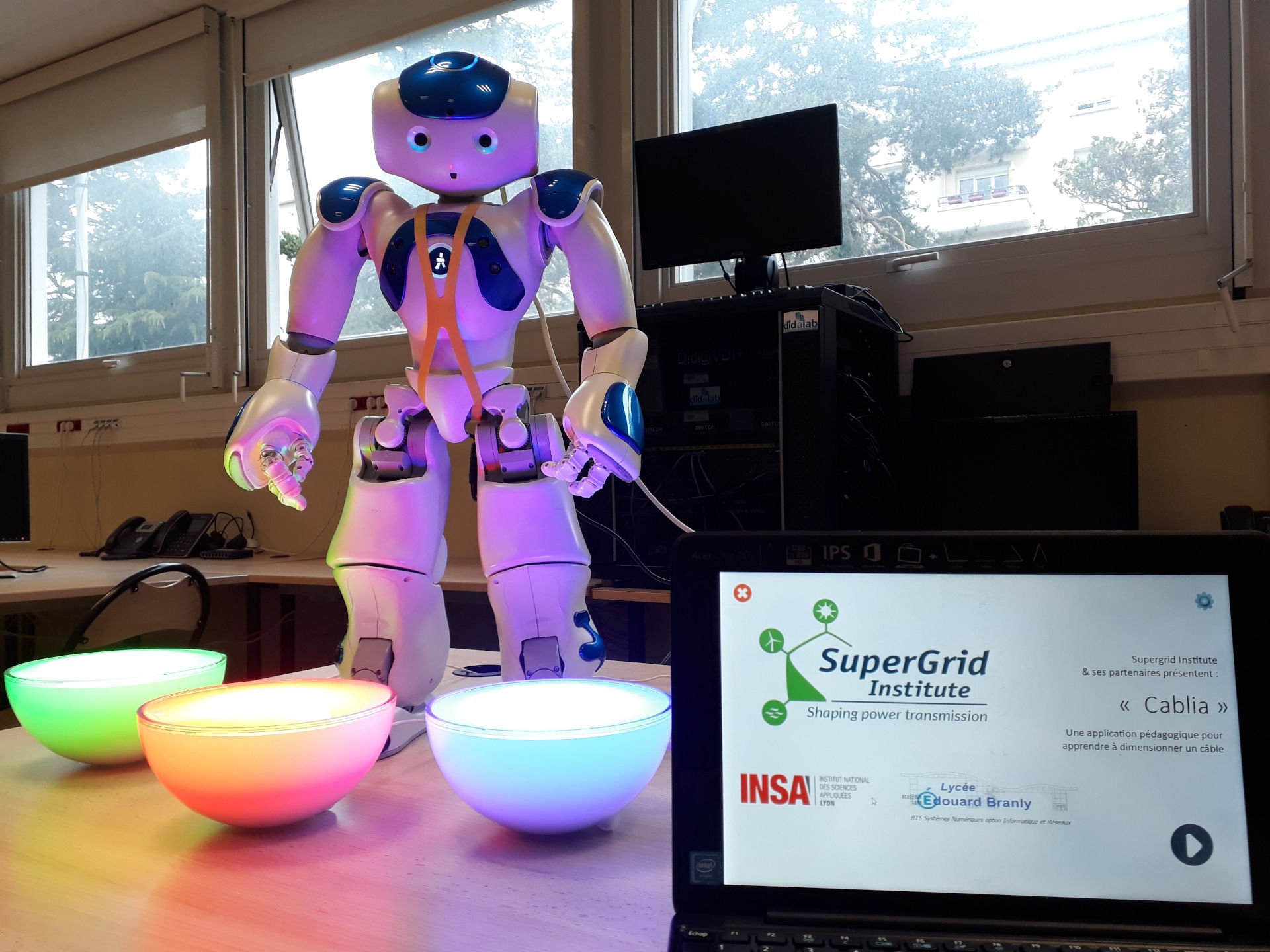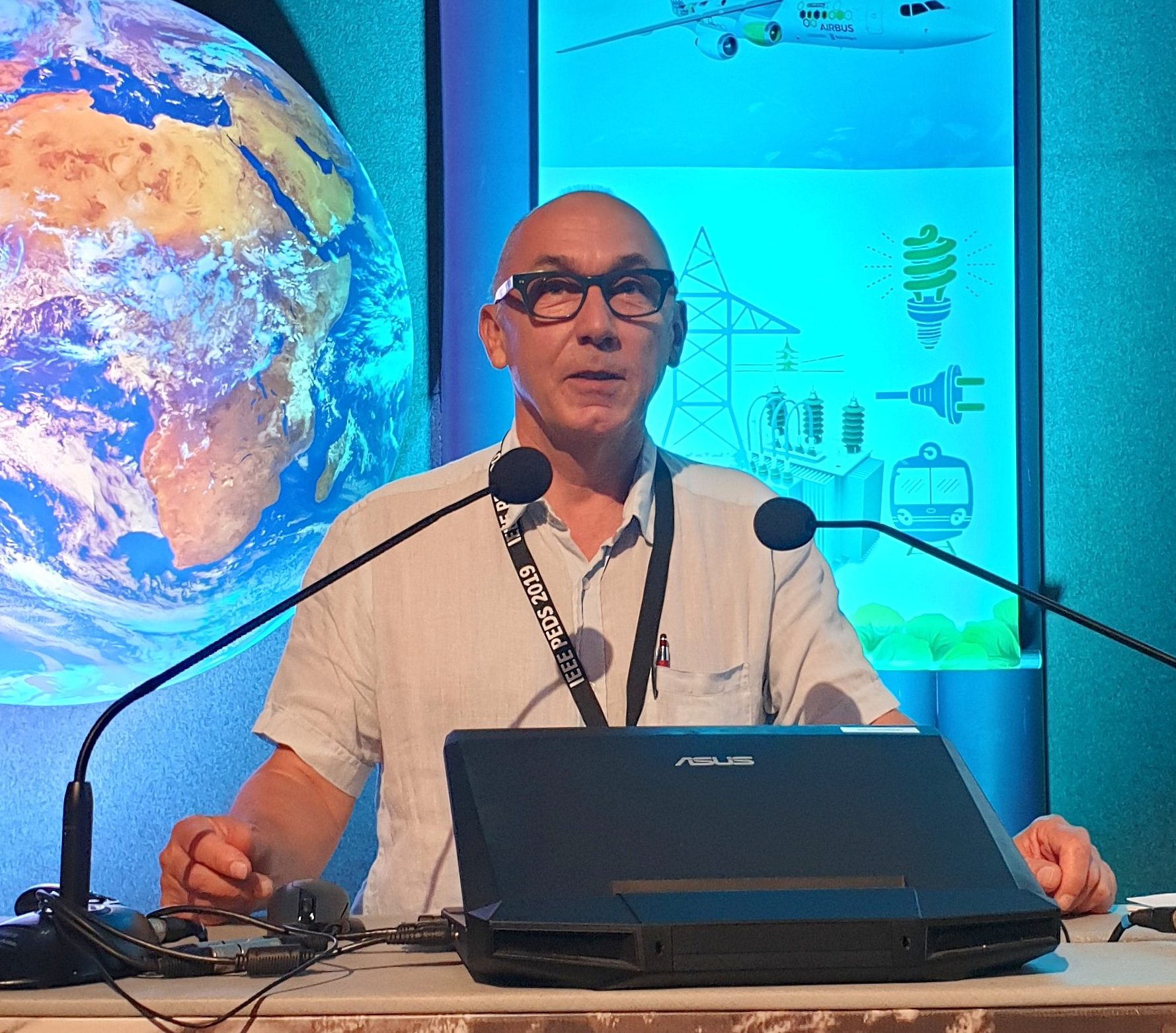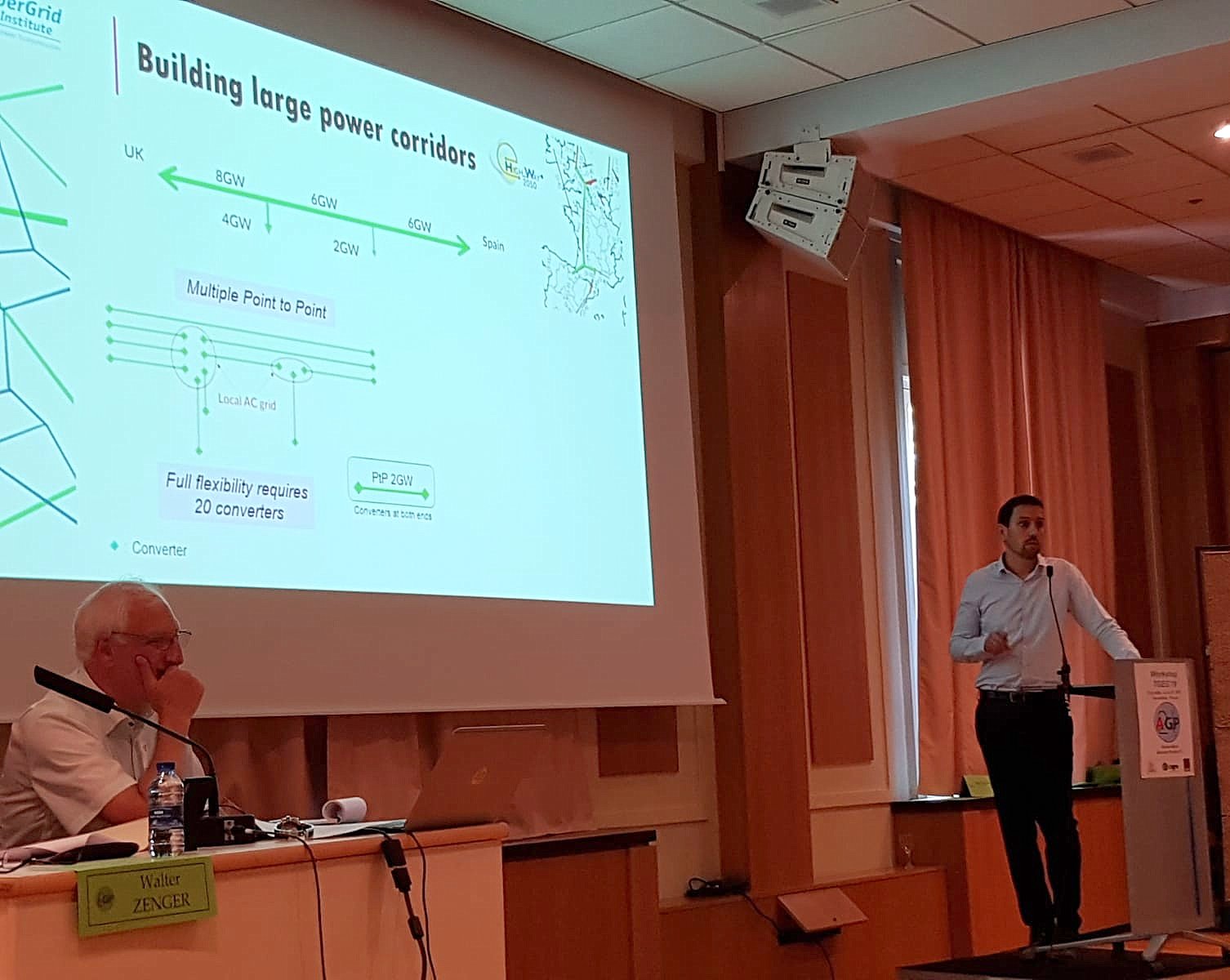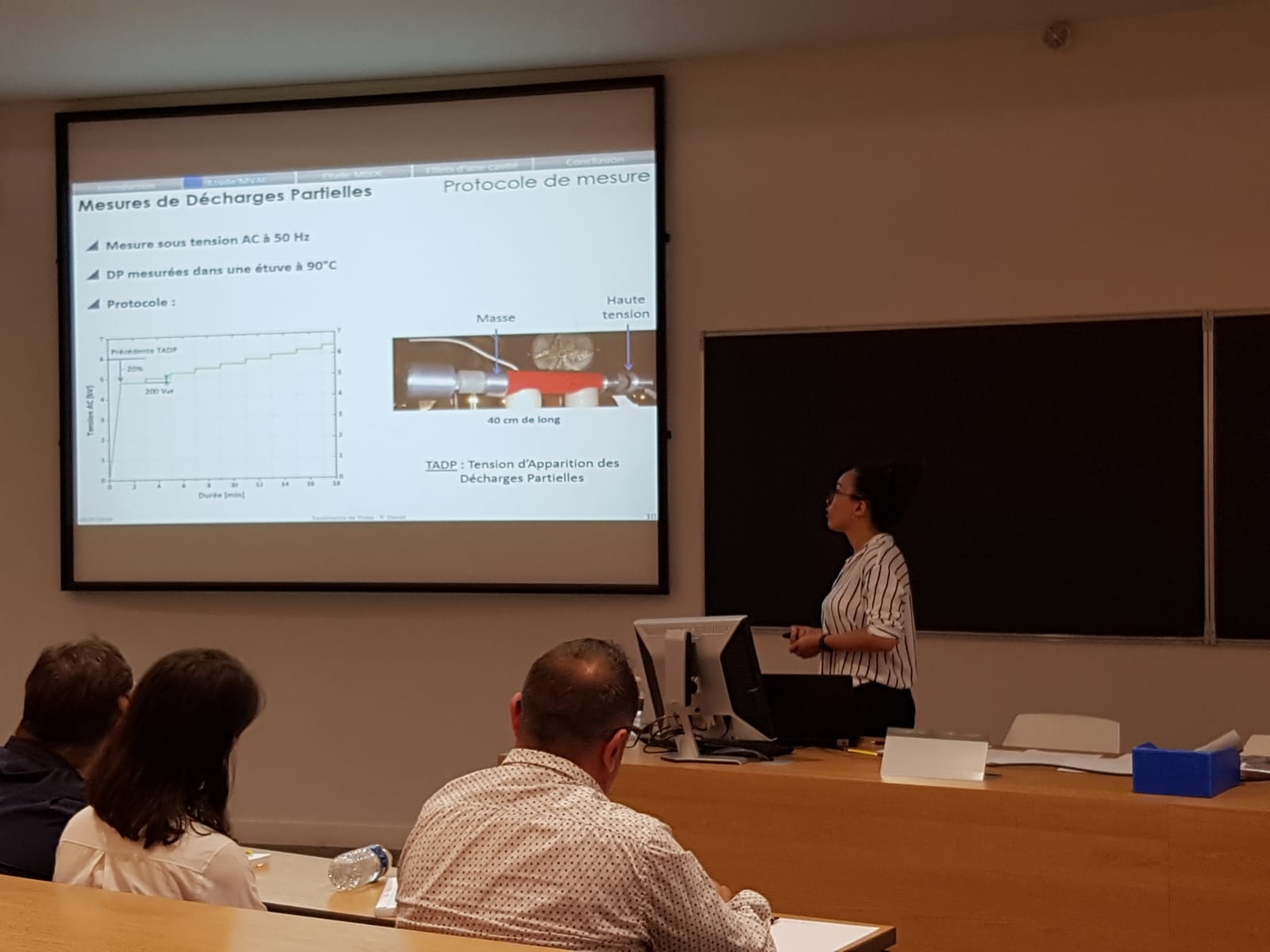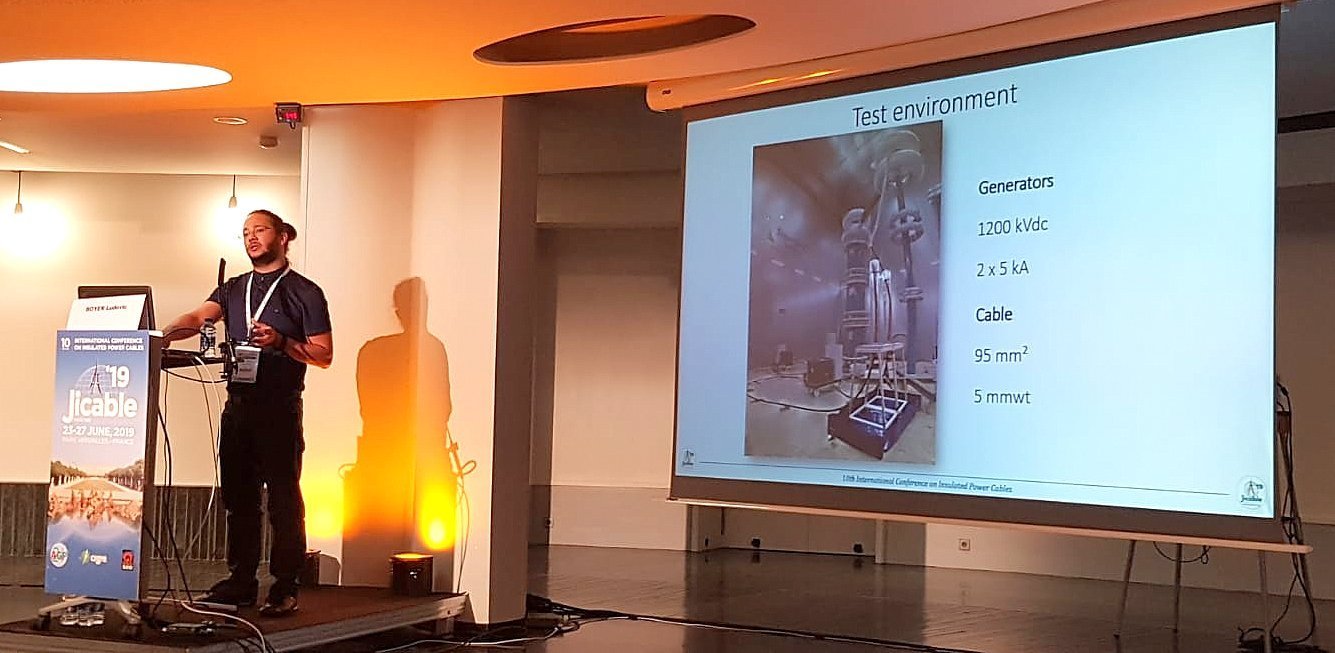Characteristics of creeping discharges along epoxy surface in fluoronitrile/co2 gas mixture under lightning impulse
This paper deals with creeping discharges propagating over solid insulator samples in presence of a fluoronitrile mixture consisting of 10% of fluoronitrile and 90% of CO2, under positive and negative standard lightning impulse voltages, in point-plane geometry. The solid samples used are disks made of filled epoxy resin used for real GIS insulators. The experimental results are compared with those obtained with SF6 at pressure ranging 0.1 to 0.3 MPa, while the pressure of fluoronitrile mixture is chosen to match an equivalent dielectric strength of SF6. Different characteristic parameters are investigated namely the maximum length of creeping discharges versus the gas/mixture pressure and voltage polarity. In SF6, two regimes of discharges that depend on the voltage polarity are evidenced. Under positive impulse, the mixture presents similar properties as SF6. However, under negative polarity the maximum discharge length in SF6 is much longer than in the fluoronitrile mixture.


